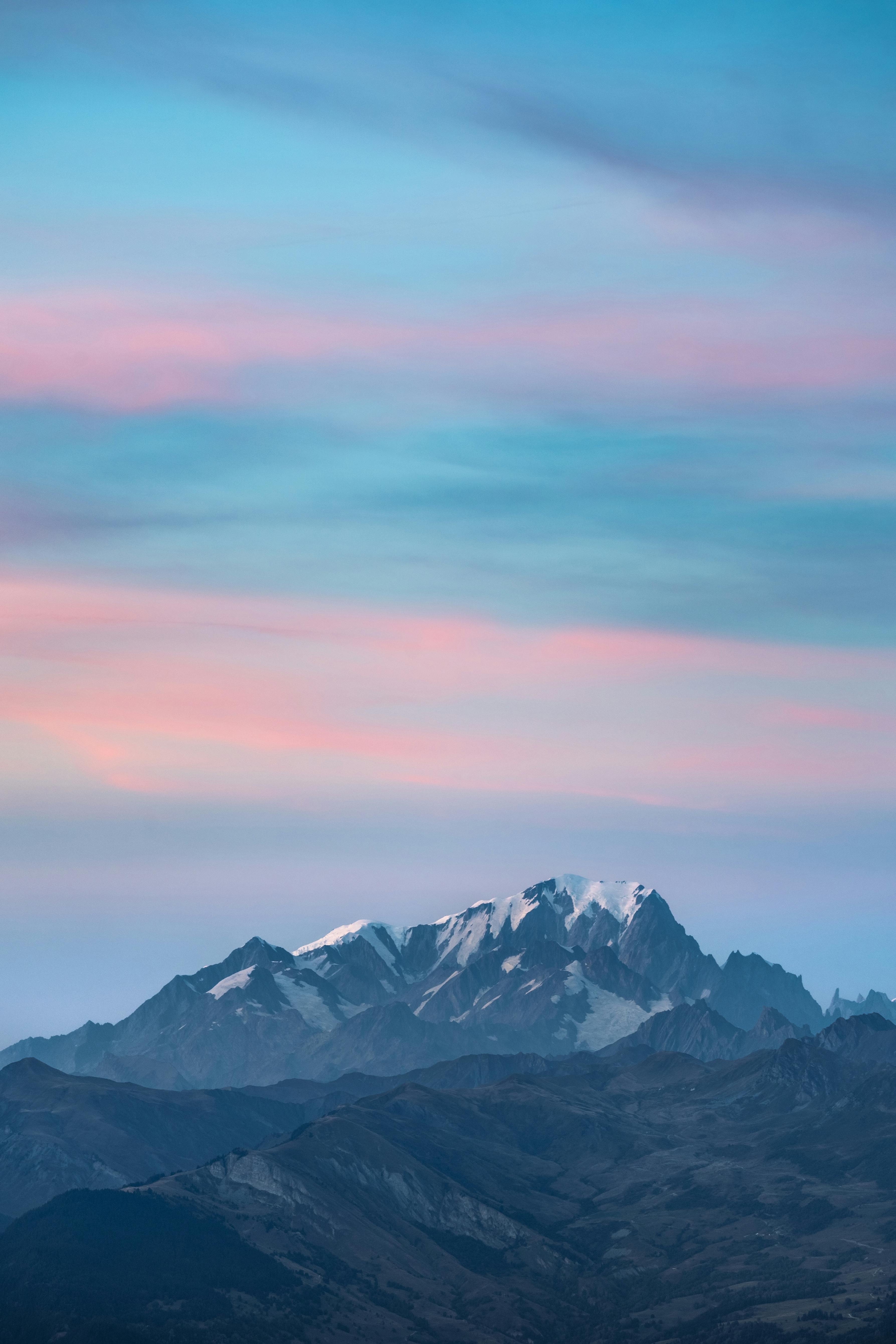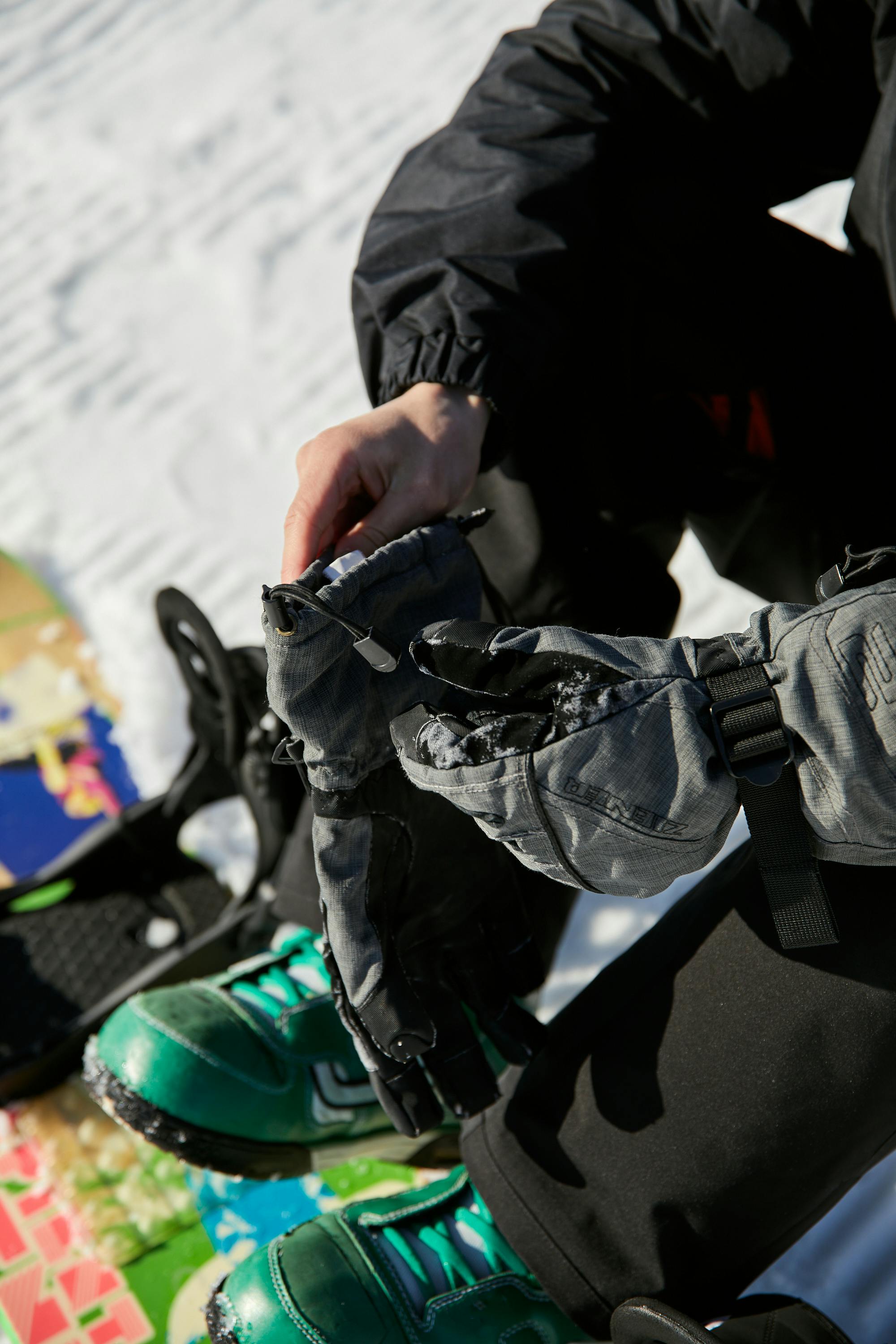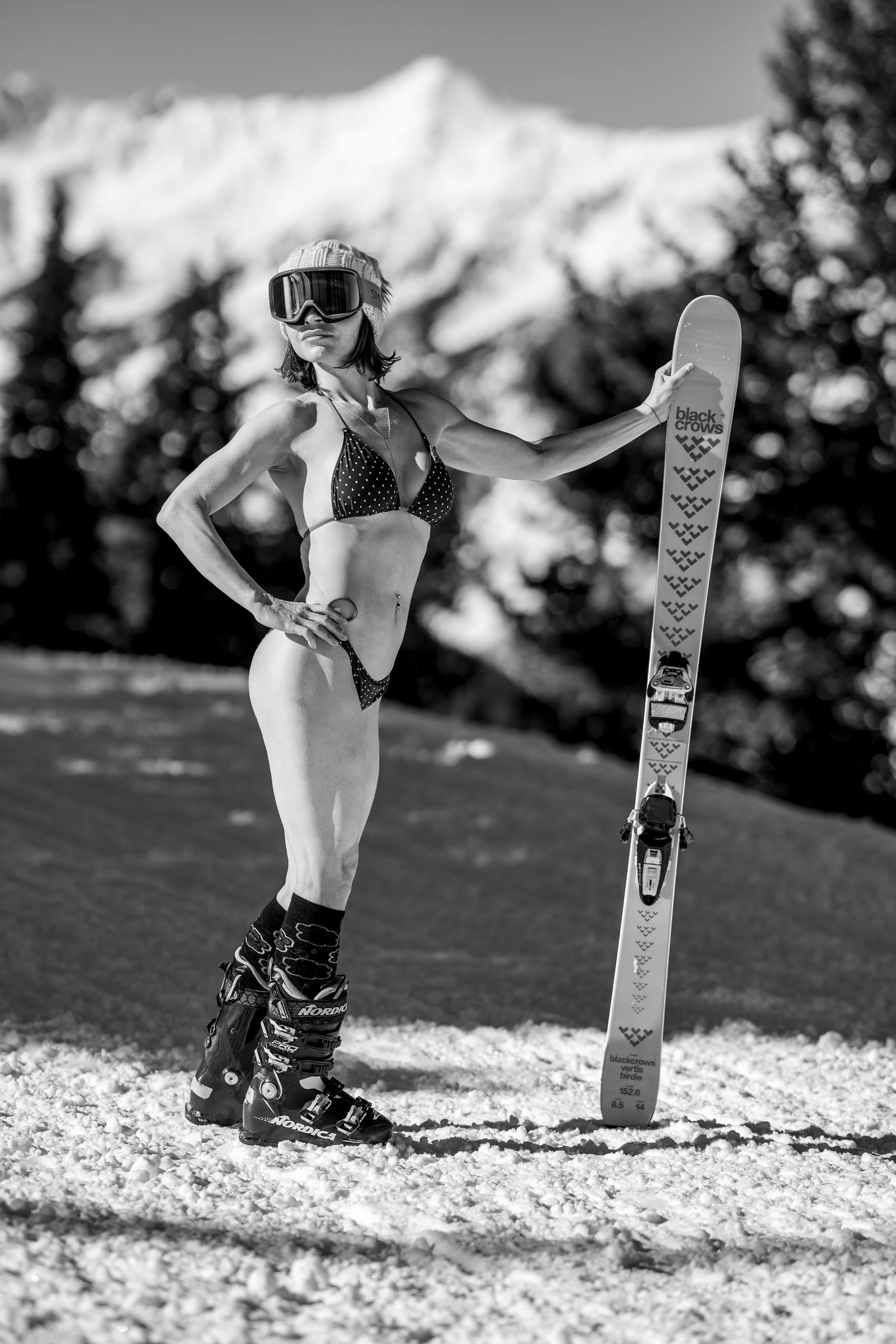5 Vital Tips for Skiing in the Rain: How to Stay Safe and Enjoy the Adventure
Skiing has always been more than just a sport to me—it’s a way of life. Ever since those unforgettable university days spent slicing through the pristine Alpine snow with friends, I’ve been captivated by the mountains and the adventures they offer. But skiing isn’t always postcard-perfect powder days. Sometimes, the adventure turns unexpected, and rain replaces snow. If there’s one thing my years on the slopes have taught me—whether I was teaching rookies at a local ski school or testing advanced terrain for my Overo Glasses ambassador videos—it’s this: adapt to the elements, and you’ll unlock thrills you never knew existed.
Why Skiing in the Rain Is Different—and Worth It
I remember one particular stormy day vividly. The forecast had falsely promised clear skies. As the drizzle turned into a steady rain atop the mountain, I could feel doubt creeping in alongside the dampness. Wet snow had transformed the slopes into slick unpredictability, challenging my every turn. Yet, those treacherous conditions also stripped everything back to the core essence of skiing: focus, balance, and connection with the mountain.
Rain changes the game. It brings texture to the sport in ways I wouldn’t have believed until I felt it myself. When you push off down the slope, and the wet snow begins gripping or gliding underneath your skis, it’s a whole new challenge. Fewer crowds, dynamic runs, and an exhilarating sense of battling the elements can make skiing in the rain an unforgettable adventure. But, to fully enjoy it, preparation is key.

The Challenges of Skiing in the Rain
Let’s be clear—skiing in rainy conditions isn’t without its hurdles:
1. Visibility Issues: Rain collecting on your goggles quickly impairs vision, requiring constant adjustments. Fogging becomes an even bigger problem when combining goggles with traditional prescription glasses.
2. Clothing Saturation: Without waterproof gear, you’ll end up drenched, and hypothermia becomes a risk.
3. Wet, Heavy Snow: Rain alters the snow itself, typically transforming it into slushier, heavier patches that demand more muscle and technique to navigate.
4. Gear Damage: Excess moisture isn’t kind to equipment like goggles, bindings, or even standard prescription glasses.
5. Safety Hazards: Reduced visibility plus icy or water-laden snow can make slopes more perilous.
Rain can make the mountains feel challenging and chaotic, but with the right strategies, you can turn those challenges into opportunities for growth and fun.

Preparing for a Rainy Day on the Slopes
Based on my years of experience as both a skier and an instructor, here’s how to prepare for skiing in the rain and make it an unforgettable part of your adventure:
1. Waterproof Yourself Completely
The first and most important rule: stay dry to prevent discomfort, hypothermia, or both. Wear a high-quality waterproof jacket and pants. Additionally, upgrade your gloves to waterproof versions and invest in insulated underlayers that wick away moisture.
During one rainy day in Hakuba, Japan, I underestimated the impact of water seepage. My gloves became soggy halfway through the run, making it impossible to grip my poles properly. Since then, I’ve always packed an extra pair of waterproof gloves and socks for unpredictable weather.
2. Maximize Visibility
Vision is crucial in wet conditions when rain and fog team up to obscure your surroundings. Here’s where one of my trusted allies comes into play: Overo Prescription Ski Goggle Inserts.
Since joining Overo Glasses in 2021, I’ve tested these inserts rigorously. They’re a revelation for anyone struggling with fogged-up prescription glasses during harsh conditions. Thanks to an advanced anti-fogging technology (borrowed from military-grade coating standards), my vision remains clear, even in high humidity. Plus, their universal compatibility means they fit right into my favorite goggles without disrupting their snug fit.
3. Choose the Right Terrain
Wet snow handles differently than its powdery counterpart. Stick to groomed runs during a rainy day, as the snow becomes uneven and heavy on ungroomed slopes, increasing the risk of wear and tear on your legs—or worse, incidents.
4. Use High-Waterproof, Non-Fogging Goggles
Even without prescription needs, ensuring that your ski goggles are equipped for wet conditions is essential. Look for models designed for all-weather use with anti-fogging and water-repellent coatings.
5. Embrace Your Inner Adventurer
Yes, rain can make the slopes intimidating. The pristine expanse of powder you envisioned might be replaced with heavy slush or trickling streams. However, rainy days on the mountain can be incredibly rewarding if you lean into the experience and find joy in the unexpected.

The Ultimate Tool: Prescription Ski Goggle Inserts
For those of us who rely on prescription glasses, one of the most groundbreaking advancements in ski technology has to be Overo Prescription Ski Goggle Inserts. Regular glasses fog up in rain, snow, or fluctuating temperatures—and trust me, the discomfort and danger they bring on the slopes aren’t worth it.
Here’s why Overo lenses deserve a permanent spot in your skiing arsenal:
- Fog-Free Performance: Their military-grade anti-fog coatings allow you to ski through rain, snow, and even swift elevation changes while maintaining crystal-clear vision.
- Custom Fit for Your Eyes: The inserts are custom-built to match your vision parameters perfectly. It’s like wearing your glasses without the hassle.
- Eco-Conscious Materials: Beyond performance, they’re built with sustainability in mind. As someone who has spent a lifetime chasing pristine wilderness, I deeply appreciate this commitment to preserving our mountains.

Final Thoughts: Embrace the Rain
Skiing in the rain isn’t for everyone, and that’s okay. But for those bold enough to strap in and face the storm, it can open up an entirely new world of skiing. To go from dreading the drizzle to conquering it is an immensely satisfying moment that builds both skill and confidence.
The next time the forecast shows rainclouds, consider it an opportunity instead of an inconvenience. With the right clothing, terrain choices, and unparalleled enhancements like Overo Prescription Ski Goggle Inserts, you can turn even the rainiest day into one of your most memorable skiing experiences yet.
Trust me—these are the moments you’ll be recounting by the lodge fireplace for years to come.
Frequently Asked Questions
Why should I consider skiing in the rain?
Skiing in the rain offers a unique challenge that can be thrilling and rewarding. It allows you to experience fewer crowds, test your skills on dynamic terrain, and embrace the unpredictable beauty of wet slopes.
How do I deal with visibility issues while skiing in the rain?
To handle visibility issues, wear high-quality, anti-fog, and water-repellent ski goggles. For those who use prescription glasses, Overo Prescription Ski Goggle Inserts are a great option, as they prevent fogging even in high-humidity conditions.
What type of clothing should I wear for skiing in rainy conditions?
Focus on waterproof clothing, including a jacket, pants, gloves, and insulated underlayers that wick away moisture. Always bring extra gloves and socks to stay comfortable and dry.
How can I prevent my gear from getting damaged in wet conditions?
Using waterproof gear and storing your equipment properly after skiing can prevent moisture damage. Pay special attention to your goggles, bindings, and any prescription lenses you may use.
What skiing techniques work best on wet, slushy snow?
Stick to groomed runs and adapt your skiing technique to the added weight and slipperiness of wet snow. This approach can help reduce strain on your body and improve control on the slopes.



Share:
7 Stormy Truths About Skiing in the Rain: Adventures, Challenges, and Clear Vision with Prescription Ski Goggles
5 Things You Need to Know About How Often to Sharpen Skis (and Why I'm Here to Save Your Slope Life)